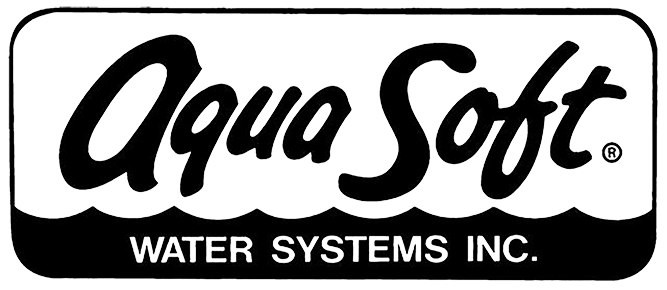Water is a necessary component of life, and its quality affects our health and the environment. The first step in ensuring that you and those you care about have access to clean, safe water is to understand the condition of your local water supply. This manual will explore the numerous facets, important indicators, and methods for improving water quality.
Knowledge of Water Quality
Water’s physical, chemical, biological, and radiological properties are referred to as its quality. It covers a broad spectrum of elements determining whether water is appropriate for uses, including drinking, cooking, agriculture, and recreation. Examining these elements is part of evaluating the water quality to see if it complies with requirements and is suitable for use and consumption.
Investigating the Various Aspects
It’s crucial to take into account several factors to obtain a thorough understanding of water quality, such as:
- Physical Characteristics: This includes how the water looks, feels, and is turbid. Clean water should be transparent, colorless, and devoid of strange tastes or scents.
- Chemical Composition: Chemical pollutants can have an impact on the quality of water. Heavy metals, pesticides, fertilizers, and disinfection byproducts are common substances that should be avoided.
- Eliminate Dangerous Pathogens: Bacteria, viruses, and other microbes can pollute water sources. For water to be safe, dangerous pathogens must be eliminated.
- Aspects of Radioactivity: Water may contain radioactive substances, so it is important to monitor their concentrations to ensure safety.
Important Metrics of Safe Water Quality
To evaluate water quality and ascertain if it complies with safety regulations, several important indicators are used:
- pH Level: The pH level gauges the water’s acidity or alkalinity. Lower pH values are acidic, whereas higher pH values are alkaline. A pH of 7 is regarded as neutral. The pH range for safe drinking water is usually 6.5 to 8.5.
- Total Dissolved Solids (TDS): TDS calculates how much inorganic and organic material is dissolved in a given volume of water. High TDS levels can impact taste and safety.
- Pathogens and Bacteria: E. coli and coliform bacteria are signs of microbial contamination. They may be a sign of potential health problems.
- Chemical Contaminants: When present in high concentrations, several chemicals, including lead, arsenic, and chlorine, can be dangerous. Testing frequently enables the detection and reduction of these pollutants.
Water Quality Improvement
Several steps must be taken to ensure high-quality water, including:
- Testing regularly is necessary to detect pollutants and take appropriate action.
- Water treatment can improve the flavor and safety of your water by removing contaminants. This can be done by installing a high-quality water filter or treatment system.
- Water conservation helps to maintain water quality by easing the load on water sources.
- Protecting your water’s source, such as wells or reservoirs, from contamination is essential for maintaining water quality over the long term.
You can have peace of mind knowing that you can access clean and safe water by following these procedures and staying updated about your water quality. Do not hesitate to contact Aqua Soft Water Systems if you have any questions or would like to improve your water quality. Our professionals can assess the water quality, suggest the best filtration systems, and help you maintain the highest water quality requirements.
Know the quality of your water and choose wisely for a better life. To ensure your water complies with the highest safety and purity standards, get in touch with Aqua Soft Water Systems right now.


